first level title
Argument background

The NFT trading platform X2Y2 posted a tweet on August 26, stating that it will launch a new feature of "0 royalties". There are not many words, but the controversy is really not small, and even the theme of most Space recently revolves around "royalty".

That is, when buyers purchase through X2Y2, they can choose the percentage of royalties to be paid by clicking "OPTIONAL ROYALTY" (choose the percentage of royalties). For example, the normal royalty setting of BAYC is 2.5%, buyers can choose to pay 2.5% (100%), 1.25% (50%), 0% (0%) royalties, and this will also affect the buyer's final payment Prices and purchase costs.
The small yellow words "Do consider paying royalties, so that the creators can build more for the community" are added below the X2Y2 to encourage buyers to pay royalties. Some people jokingly said that this design has a feeling of paying "tips".
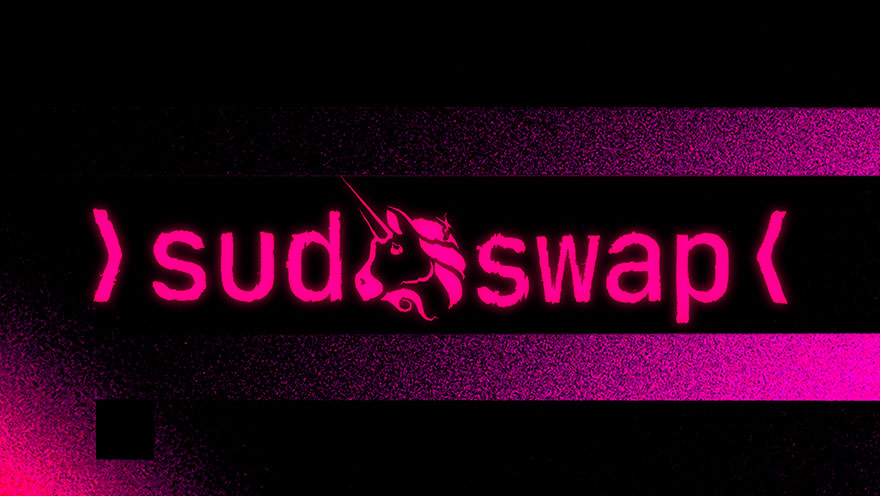
Compared with the previous sudoswap 0 royalty design, X2Y2 obviously attracted more attention. There are two reasons. X2Y2 is a centralized exchange, which is not designed to reduce slippage and facilitate transactions; and the transaction volume of X2Y2 is obviously larger, which will touch the interests of more project parties.
secondary title
royalties
royalties
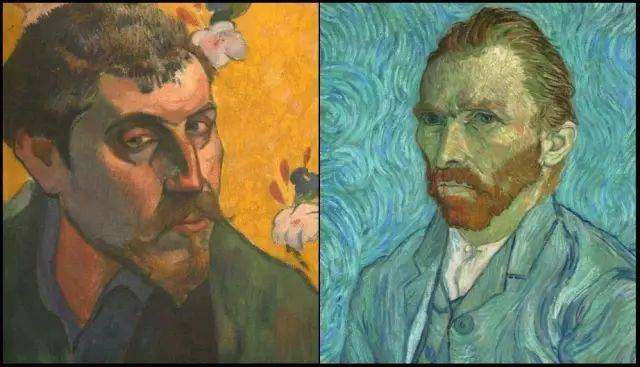
Royalties, also known as copyright royalties, are the protection of the interests of the original creators of intellectual property rights and the basis for the economic prosperity of creators. In the early days of traditional art, there was no mechanism for royalties. The source of income of many traditional artists is purely based on the sales of their first works, so most of the early artists were poor. Also, many high-quality works of art are bought at extremely cheap prices in the early days, and then sold for sky-high prices; collectors profit but artists remain impoverished.
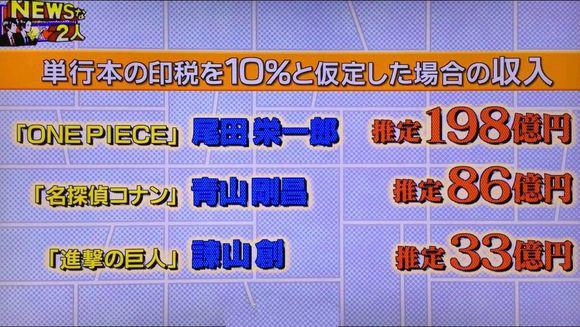
The emergence of royalties later greatly improved the situation, and artists finally had a fairer display platform. But in the physical art market, there is no fairer long-term way to prove the resale of assets, as well as transparent price records, so it is more difficult to prove whether artists have really received their due royalties. And this pain point, digital art based on blockchain may not appear.
From manga alone, the author of "One Piece" earned 19.8 billion yen in royalties
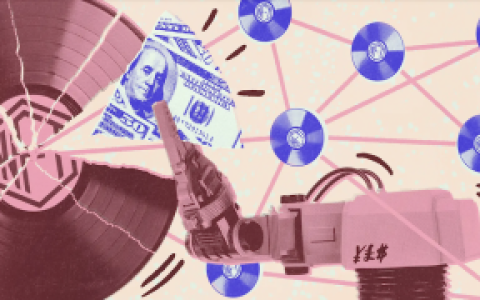
Royalty is also the source of profit for many freemint projects when the bear market comes. The project party spreads the project, obtains user recognition, and relies on a large number of secondary resales to obtain royalties. There are rumors that the previous hot dog project shit earned more than 8400w in revenue only from royalties.
main contradiction
secondary title
1) Users (communities) and project parties
First of all, from the point of view of most users, the price increase is the best proof that the project party is doing things.
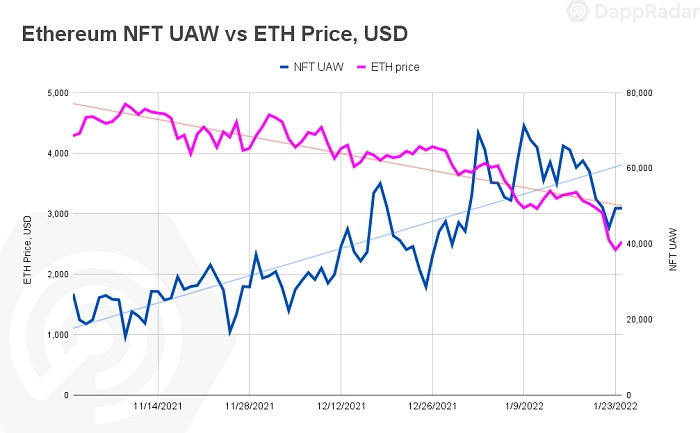
Whether royalties should be set, the essential contradiction is still the contradiction between users and project parties. When the market sentiment was good from the end of last year to the beginning of this year, the price of NFT also rose, and most users would not pay attention to the royalties of several points. At the same time, for most users, "you earn and I earn" is the best result, and it is reasonable to give some benefits to the project party.
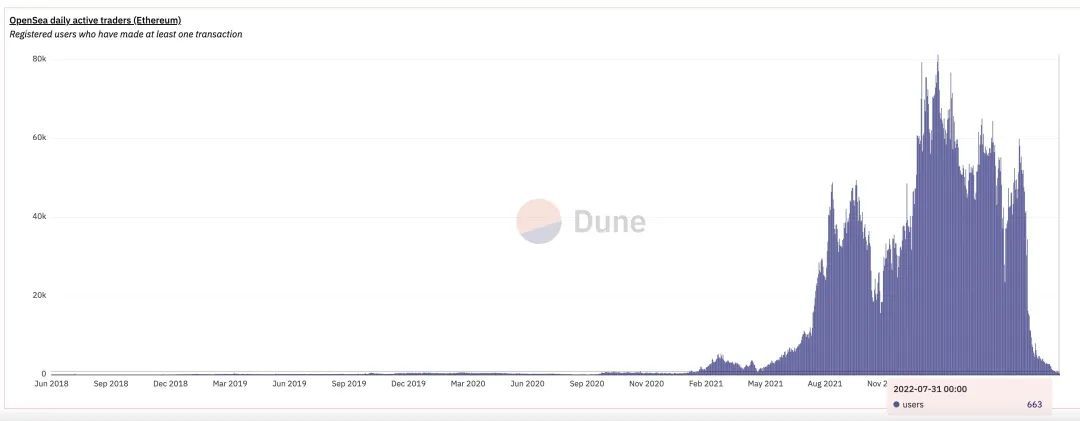
But as mentioned above, the rising price is the best proof for the project party to do things; once the market sentiment drops, users anchor the basis of the project party's work - the price, if it is no longer strong, they will think that the project party is "laying flat" .
In addition, the market is not good, and there are more and more "soft Rug" project parties. Most users are "numb" while thinking that the project party is still "earning" royalties, and conflicts naturally erupt. And many users feel that many of the current PFPs are of such low quality that they cannot be called works of art at all.
secondary title
2) Project party (creator) and exchange
Obviously, the transaction that supports 0 royalties moved the cake of the project party, and even touched its psychological red line. For most ordinary project parties, royalties are still the main source of income, and only a few projects can rely on content such as brands and advertisements to generate revenue.
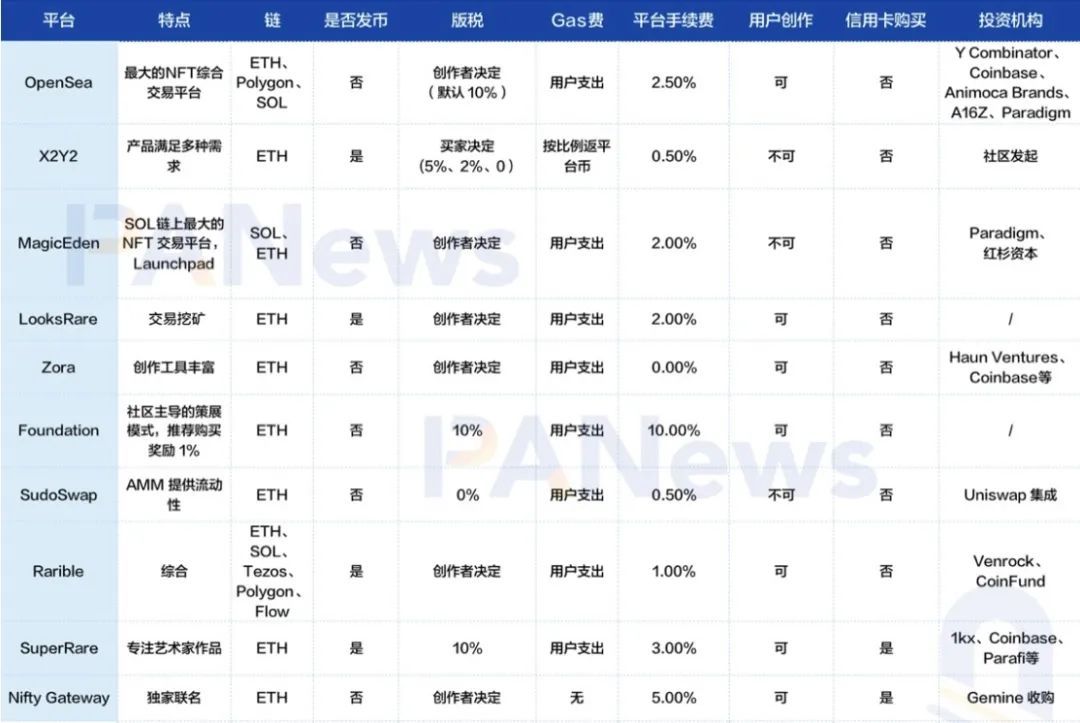
Royalty is set at the exchange level, not the contract level. After Mint, NFT is in the hands of users, and most users are not too obsessed with the specific exchange when trading; the buyer's demand is to buy at a lower price, while the seller is more looking forward to quick matching, which is in the aggregate After the transaction is launched, the selection and comparison are more clear at a glance. After all, it is the user's freedom to choose which exchange to trade on, and the project party has no right and cannot interfere.
Regardless of whether it supports royalties or not, let me ask you this: if there is an option to buy at a lower price (or to facilitate the transaction faster), how many people will refuse? What's more, most users are paper hands, arbitrage for the purpose. Therefore, the "involution" of the project party initiated by SudoSwap and X2Y2 may greatly change the project party's work system and the NFT market rules and narratives in the future-although their original intention may be to seize the market.
first level title
If 0 royalties become the mainstream in the future, it means that the project party can no longer rely on frequent secondary transactions to obtain royalties for revenue, but must use other means, so the following situations are very likely to occur.
secondary title
But as mentioned above, the project party has no right to restrict users' trading venues, so they can only rely on restrictions or benefits. For example: record the user's transaction, give rewards to users who pay royalties, and restrict some rights and interests of users who do not pay royalties, etc. However, this method is very devoid of the spirit of Web3, centralizes and restricts user freedom. Unless the reward can greatly cover the royalties, no matter how it is designed, it will definitely cause dissatisfaction among a large number of holders; and previous cases tell us that this " "Involution" to the final result must damage the interests of the holders.

secondary title
The main source of income of the Token project party is the locked Token, so can the NFT project party follow suit? It seems that the project party can still lock a certain amount of NFT and unlock it linearly afterwards, and do things more actively during this period. Since its revenue has completely turned into NFT, whether the project party can obtain income depends entirely on the NFT price after unlocking, so there is no possibility of "lying and earning"; users recognize it, the project survives for a long time, and it is a win-win situation; users do not recognize it , and the items are zeroed, all losers; the earth dog items will be greatly reduced. However, the selling pressure and liquidity problems of NFT are much greater than that of Token, and it may not be fully suitable for Token; but in any case, this is very likely to be a market system that exists after 0 royalties.

secondary title
Since there is no royalty income, the income in the early stage of the project can only be obtained by the user Mint. Therefore, whether it is the survival pressure of the project party in the early stage or the requirements of the cooperating artists, the price of Mint is very likely to increase. Restricted by the early funding and survival issues, free mint projects will also be greatly reduced.
secondary title
first level title
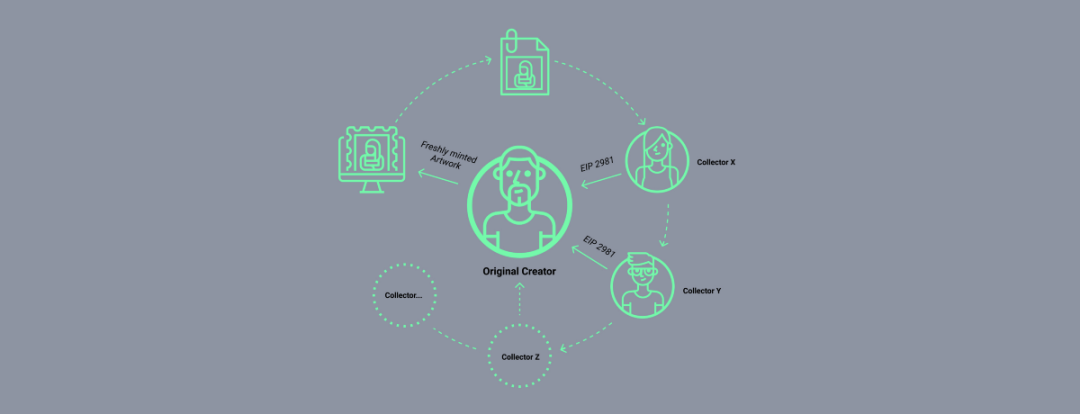
epilogue
epilogue
Would it be more suitable for project development if most of the royalties were handed over to the community treasury at the beginning and the usage details were listed?
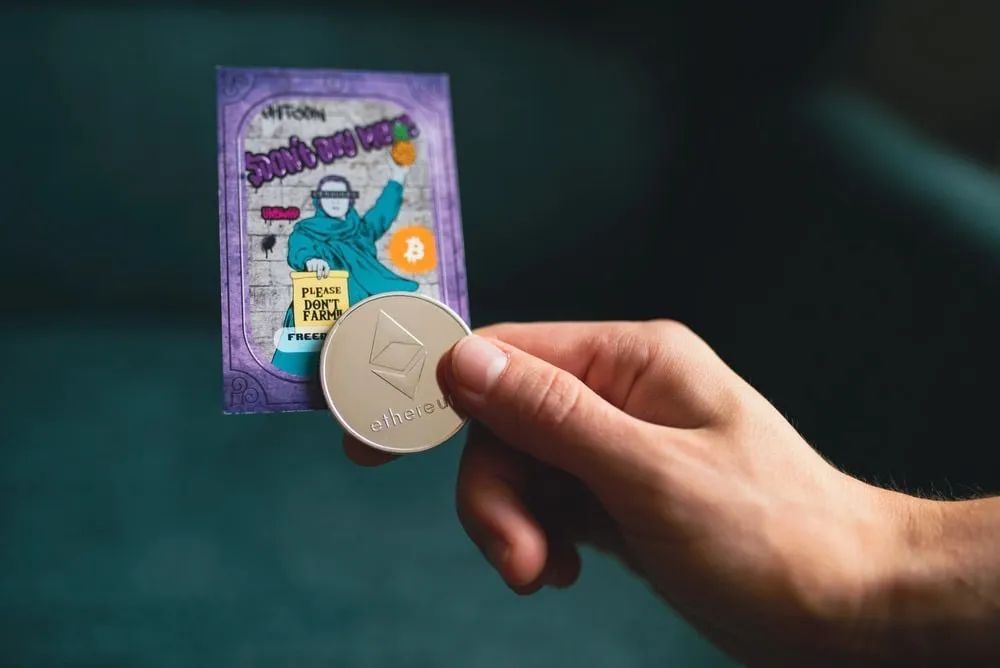
If the royalty is reduced to 1% or even less, will users be willing to support it? (You should know that BAYC's royalties are only 2.5%, but many Tugou projects are 10%) If the project is of high quality, how many users will voluntarily pay the royalties?
You are also welcome to pay attention to NFT Labs’ Twitter: @labsnft, cutting-edge views may be shared on Twitter first; and join the Wehcat or Disocrd community to share and discuss your views with everyone~
NFT Labs provides relevant information only and does not constitute any investment advice.
Twitter:@LabsNft
Discord:https://discord.gg/b9Nwd8XKsm